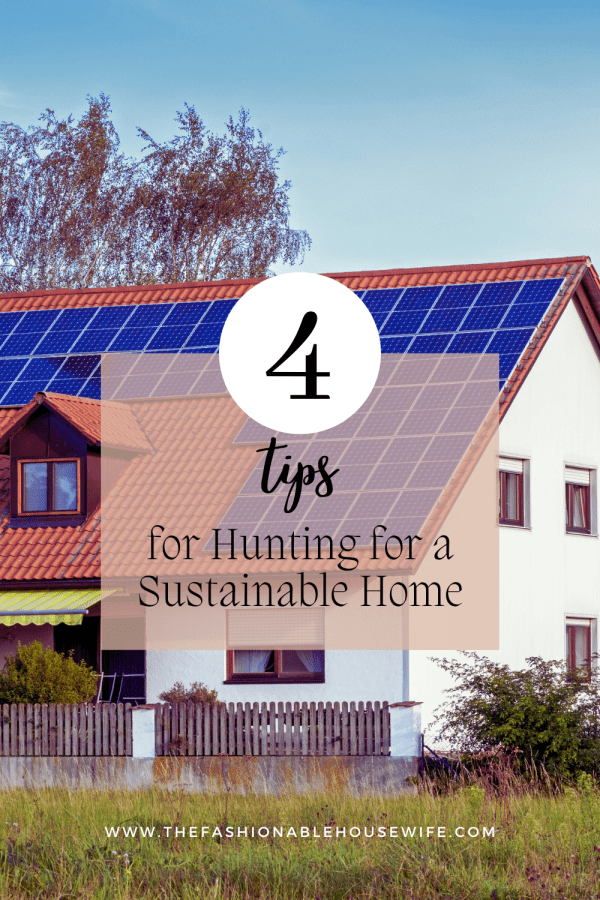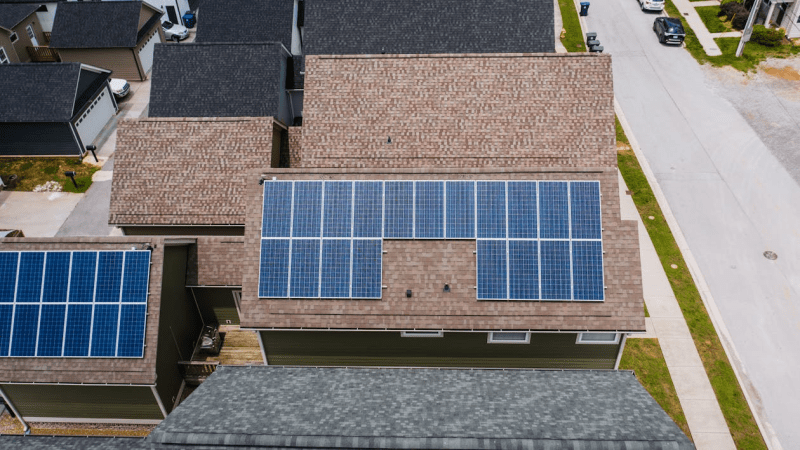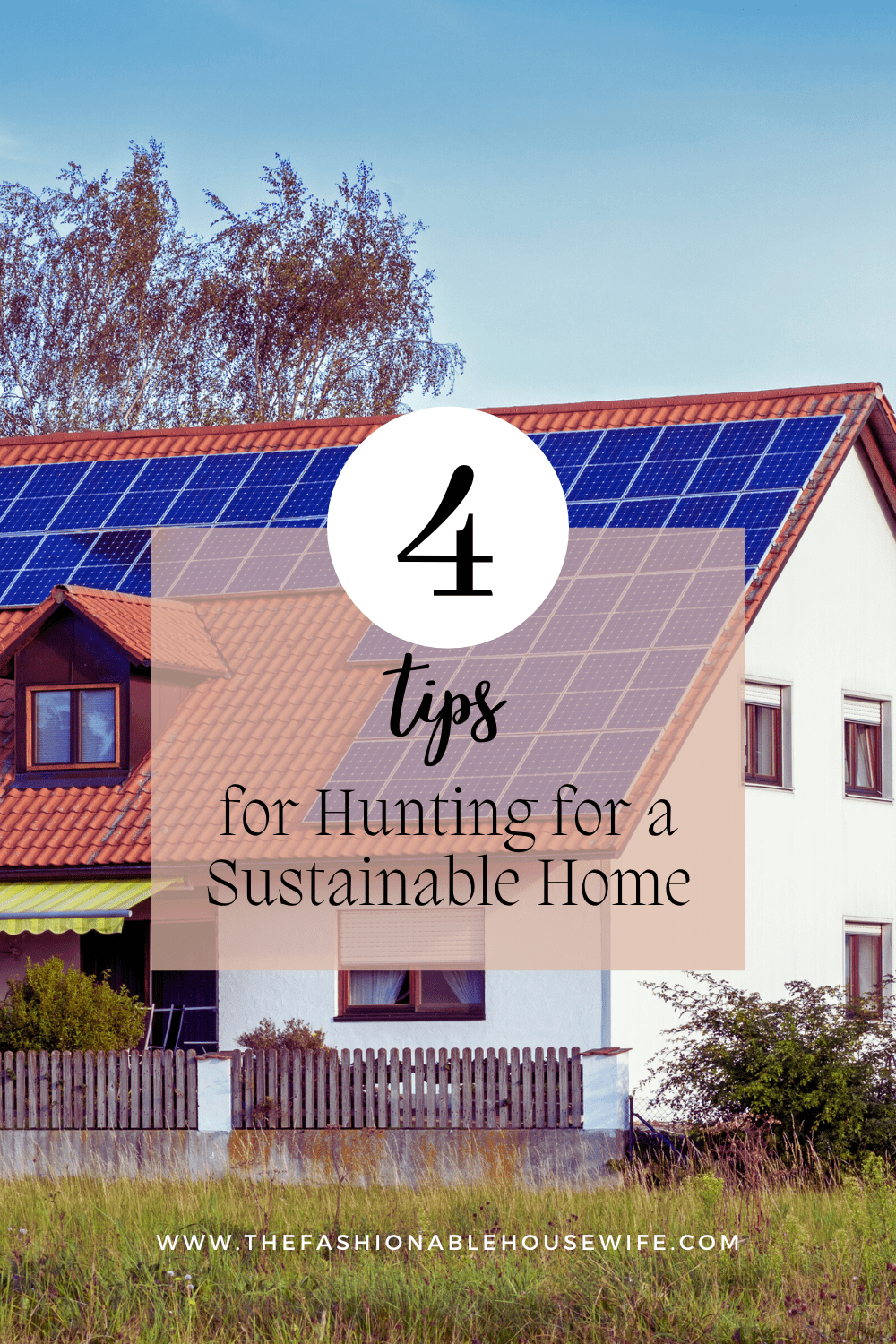4 Tips for Hunting for a Sustainable Home

If you’re in the real estate market today, it won’t take long for you to find the best type of home for your needs. However, it becomes more complicated if you factor in sustainability. As a homebuyer focusing on sustainability, it matters to choose a living space that aligns with your lifestyle. There are fewer homes in the market today that do, but that shouldn’t discourage you from taking as much time as you need to find a home that allows for eco-friendly living.
Right now, these homes are hard to come by, but this depends on where you are. All you need to do is to look harder and find properties that offer the amenities you want and were built using materials and approaches that coincide with green construction trends. Whether it’s your first time house-hunting or you’re looking to purchase a new living space that reflects your desire to reduce your carbon footprint, here’s a simple guide to help you make the right choice:
1. Consider what a sustainable home looks like to you
The first thing you will want to consider is knowing what features and amenities a sustainable home must possess. This will largely depend on your priorities. If you’re focusing more on reducing energy consumption, you may want a home that comes with features like a programmable thermostat and an indoor layout that allows for optimal ventilation.
You can also go for a home that comes with solar cells to power LED lights. What’s more, you might want a home that allows you to reuse wastewater or prepare compost to be used as fertilizer for the soil. Come up with criteria that includes these features so you can easily narrow down your list to a few options.

2. Check the surrounding community
Sustainable living is not just a matter of having the right features. Much of it involves seeing if the surrounding neighborhood supports green initiatives. Before making an offer, drive around the community and see if there are amenities supporting recycling efforts and local greening.
You might also want to check for other features such as charging stations for electric vehicles as well as special lanes for bicycles. Open green spaces with lamps run by solar cells are also a big plus, so you might want to include these in your checklist. You might find yourself in good company if you plan on moving in on account of these features alone.
3. Learn what materials were used in the construction
Even if you think the home you like is ideal in terms of features and the community where it’s situated, you still need to know if the place is built using sustainable materials and approaches. It’s sad to say that there are still buildings contaminated by asbestos fibers.
If you ask any asbestos lawyer or a health expert, these issues could lead to cancer and other lung conditions, on top of reducing indoor air quality. Make sure you obtain a full disclosure of the property’s construction details and uncover issues you should know about before sealing the deal.
4. Look towards the long-term
It’s possible to find a property that boasts of having sustainability features, but there’s a good chance that these features won’t persist in the long run. Buyers may opt for simple and cheap improvements to attract eco-conscious buyers, so it’s important to dig deeper and see if these improvements are good for the long haul.
Consider asking if the property has waste management systems in place. You can also check for other details, such as the presence of low-flow toilets and a newly installed high-efficiency HVAC system. It’s also important to check if the landscaping has been revamped in a way that provides optimal tree cover.
Endnote
As you shop around for a home that aligns with your green lifestyle, make sure to keep these tips in mind and keep narrowing down your list until you find a property that helps you do your part in saving the planet.

